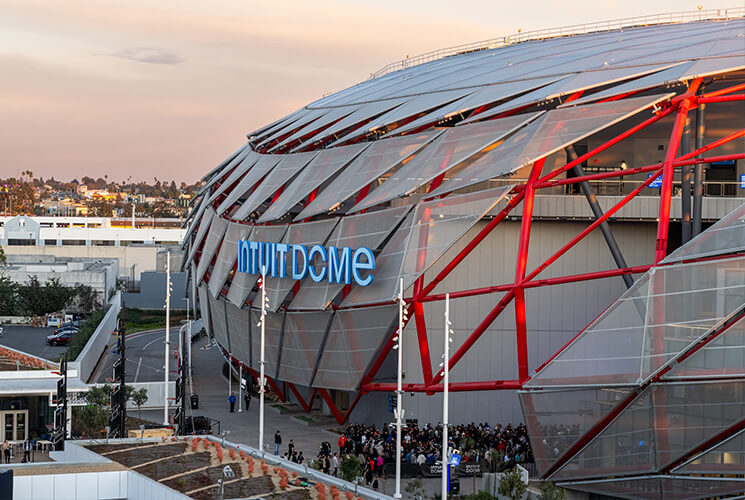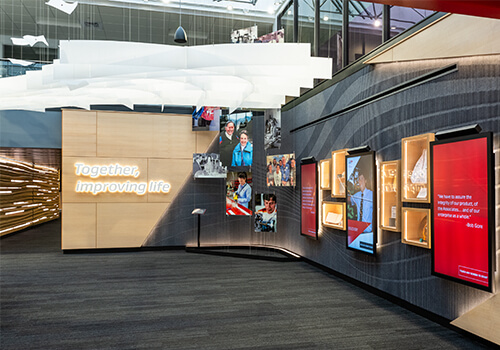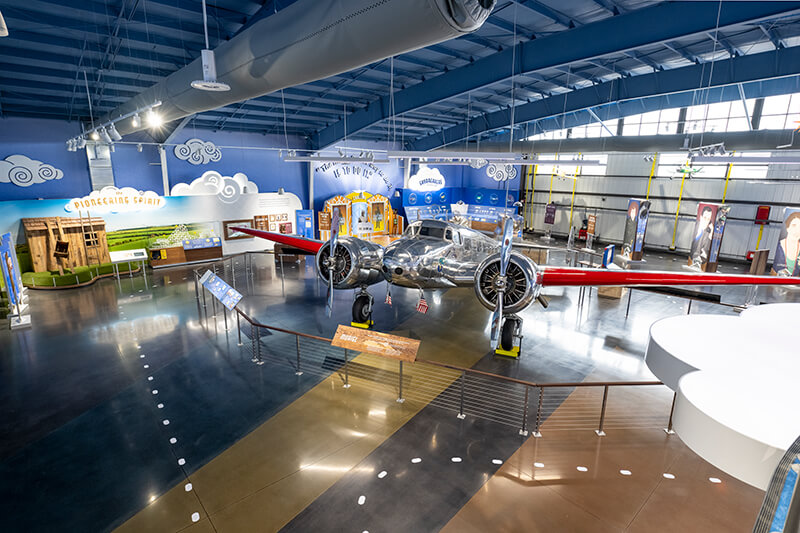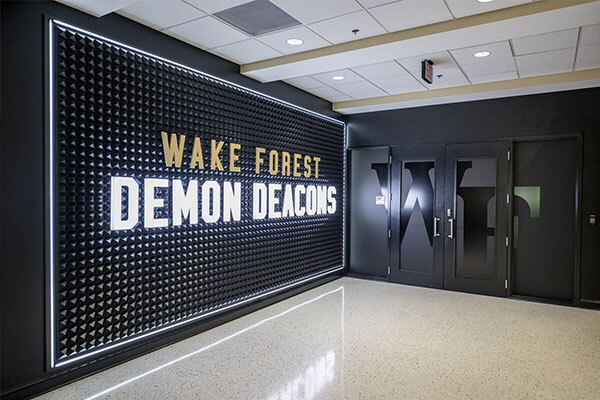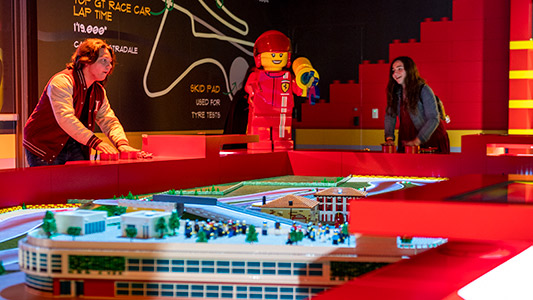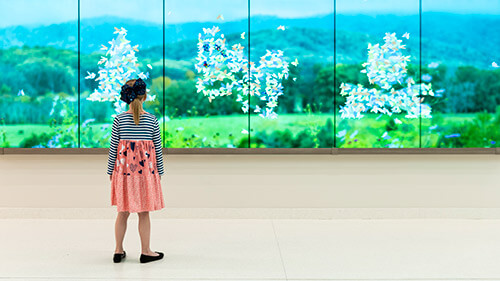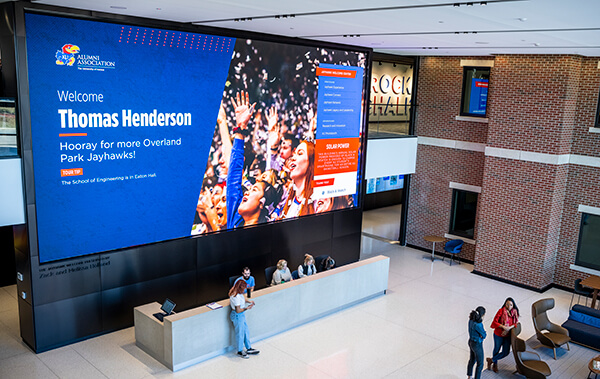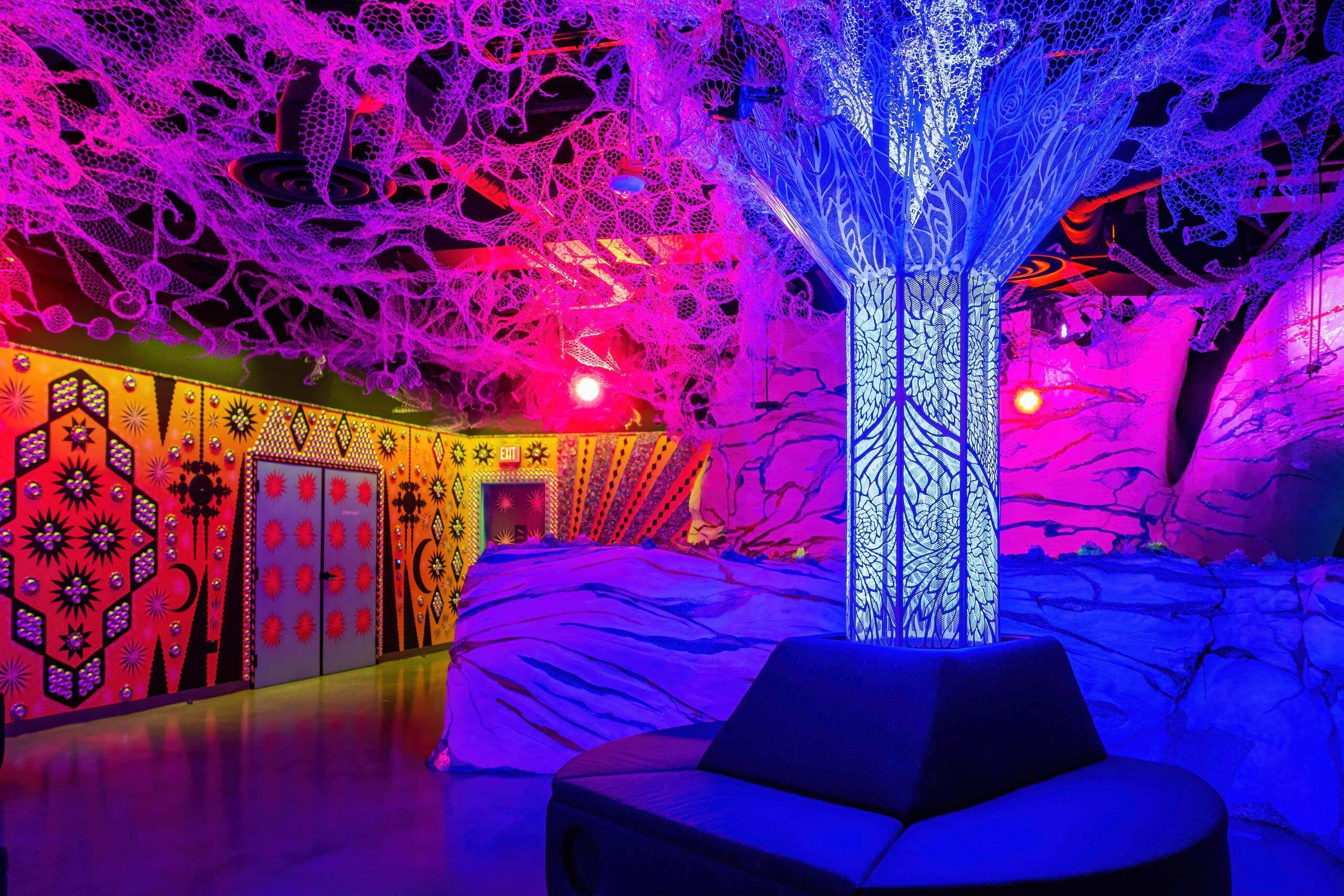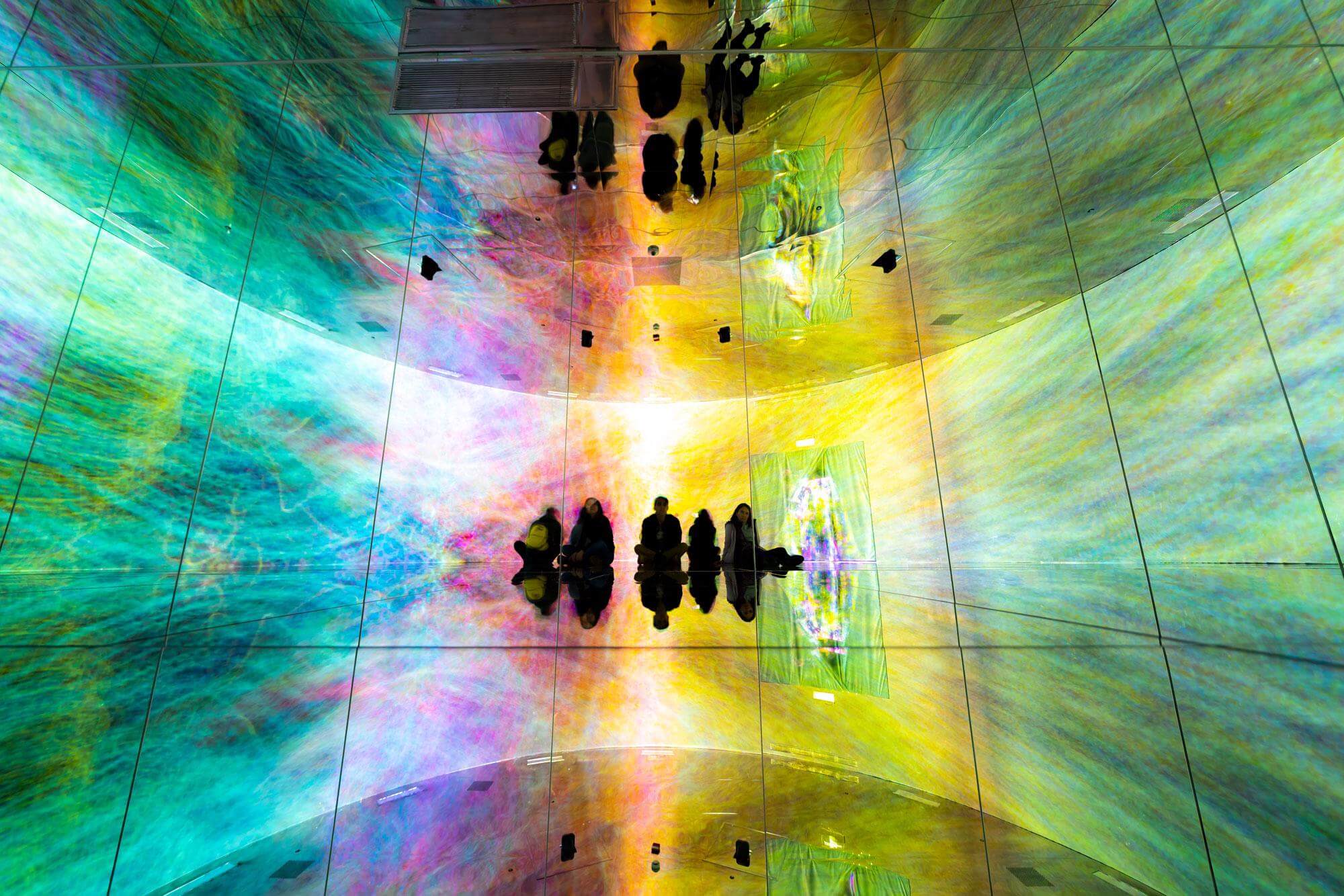Immersive entertainment has been growing steadily for the last several years, with the emergence of new venues, new business models, and a burst of creativity. Audience's desire for novel experiences beyond their computer screen at home has increased.
Immersive Resonance
“An experience is an immersive and participatory unfolding of consciousness through space and time in an embodied state.”
Immersive experiences attempt to engage all five senses in unique physical spaces. New creative canvases are emerging that integrate storytelling, technology, art, and audience participation. It’s an evolving category that began primarily in the art and themed entertainment worlds but has since transformed into its own entertainment phenomenon.
As we’ve seen large investments flowing into the spaces, creators are bridging the physical-digital divide and audiences are responding.
“After a tremendously successful, growth-oriented year in 2019, the Immersive Entertainment Industry is valued at $61.8 billion, including a large jump in theme park market value to $52 billion. The size of the industry, minus theme parks, is valued at $9.7 billion."
“In the continued rise to mainstream popularity of immersive theater and self-defined art experiences like those of Meow Wolf, there has also been a critical push to try to decide whether these are true ‘art’ or if they are mere ’entertainment.’ What’s incredible about the evolution of the Immersive Entertainment Industry is that the differentiation between those words is rapidly blurring. Much of what was formerly considered mass entertainment is now thought of by many as art. And even the wildest art is now finding forms to be entertaining for the masses. Through emerging business models, artists are discovering new opportunities to leave the ‘starving artist’ cliche behind in favor of one that encourages them to actually be able to make a living off their art and not feel like a sellout.”
New Immersive Entertainment Launches, Old Friends
Below are a few notable immersive entertainment experiences that launched in 2020 and 2021 that are setting a very high bar for the industry.
SuperBlue (Miami): Initial artists-in-residence include the fantastic teamLab and inimitable James Turrell.
Meow Wolf (Sante Fe, Las Vegas, Denver): Following up on their pioneering “House of Eternal Return” in Sante Fe, they launched the acclaimed Omega Mart at Area15 and their massive Denver venue is expected soon.
Illuminarium (Atlanta): Launched in the summer, it’s part event venue, part cocktail lounge, and fully immersive spectacle.
Van Gogh (US): Extensive marketing and quality experience have driven demand for this traveling exhibit around the U.S.
ArTecHouse (NYC, DC, Miami): One of the originals, ArTecHouse continues to innovate and expand.
New Immersive Entertainment Models
The growth in immersive entertainment is driving interest across venue types. Casinos, hotels and resorts, retail, and even stadiums are exploring ways to tap into the trend. In addition to base ticket sales, providers are exploring new business models to drive revenue.
- Life-cycle marketing: Attending an immersive experience is the main event, but marketing and monetization efforts are shifting to a pre-and-post model. Disney has perfected the upfront ticket-buying and planning effort before the trip—building anticipation and excitement. Following attendance, providers are increasingly building longer-term relationships to drive repeat visits and merchandise sales.
- Data-driven personalization: Experiences can truly be unique and personalized for every visitor if supported by a clear and transparent data-capture infrastructure. Personalization leads to deeper engagement, increased opportunity for upselling and return visits, and ultimately greater brand loyalty.
- Social amplification: Experiences are now preferred over products by a large portion of consumers. Crafting unique “social moments” into the experiences allows visitors to share their excitement and drive FOMO across social media. This earned social promotion can be a great marketing lever to amplify awareness.
- Package and scale: An immersive entertainment “hit” in NYC can be packaged and scaled to cities across the country and around the world. All of the launches noted above are pursuing some version of this model. This could be a tremendous opportunity for casinos and hotels to distinguish their properties with immersive entertainment that’s localized to each property but designed on the same creative and immersive technology foundation.
Who We’re Following
There are so many great artists and leaders in the emerging immersive entertainment space. Below are a few sources of great insights.
Vince Kadlubek - One of the founders of Meow Wolf and a very active advocate for the industry.
Future of Storytelling Podcast - Quite possibly the best podcast on the interconnectedness of creative, technology, and story.
Dorothy Di Stefano - Follow Dorothy on LI to stay up to date on immersive experiences around the globe.
No Proscenium - “The Guide To Everything Immersive”
John Buzzell - One of the leading thinkers in the immersive space, particularly AR/VR.
Quixotic - Truly innovative performance art collective that creates fully immersive, multi-sensory experiences.
Dimensional Innovations has been designing, developing, and deploying immersive experiences for entertainment venues for 30 years. We work with artists, producers, venues, and marketers to create, launch, and support the monetization of experiences. If you’re looking for ideas and use cases in immersive experience or immersive technology or you have an idea you need help bringing to life let’s start a conversation!



